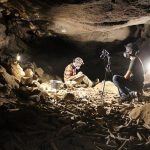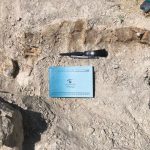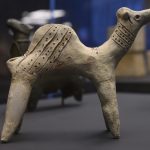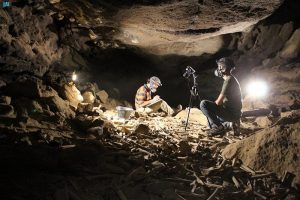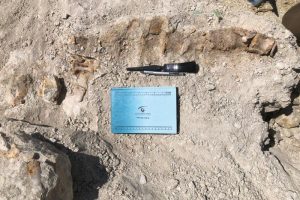

Prince Sultan bin Salman, president of the Saudi Commission for Tourism and National Heritage (SCTH), revealed at the “Roads of Arabia — Saudi Archaeological Masterpieces through the Ages” exhibition at the National Museum in Tokyo, Japan the discovery of footprints dating back 85,000 years in the province of Tabuk in northwestern Saudi Arabia.
Prince Sultan added that an international team of archaeologists, including Saudi experts, found traces of footprints of several early human adults scattered on the land and in an old lake.
It is said that the footprints belong to early immigrants to the Arabian Peninsula believed to have reached the site after passing the desert of An Nafud, which was a then green pasture rich with rivers, lakes and freshwater.
Prince Sultan bin Salman pointed out that the Saudi General Authority for Tourism and National Heritage is working alongside archaeologists at the Max Planck Institute for the Science of Human History to conduct further research on the discovery.
Prince Sultan said that the project was part of the “Green Arabia: The Palaeodeserts Project,” a Saudi-British undertaking for survey and excavation to implement environmental and archaeological studies of historical sites in the Kingdom.
The objective is to study the likelihood of expansion or extinction of humans and animals and their adaptation to living conditions.
Prince Sultan further stressed that these important discoveries highlight the historical status of the Kingdom and its cultural depth, being the cradle for early human civilizations.
He pointed out that Saudi Arabia represented by the General Authority for Tourism and National Heritage and its partners in Saudi universities has become one of the most advanced countries in the field of research and archaeological discoveries.
Riyadh – Asharq Al-Awsat

